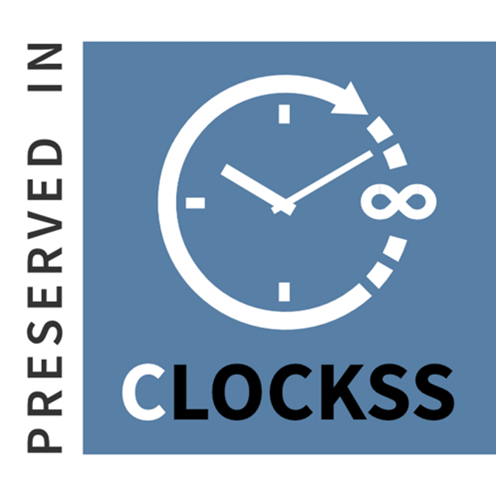Hilla University College Journal For Medical Science
Document Type
Review
Keywords
Dental implant, Wide diameter implant, Narrow diameter implant, Short diameter implant, Posterior region
Abstract
The objective of this systematic study was to offer a comprehensive examination of use of posterior dental implants. especially from the perspective of length and diameter. Electronic searches were done in Google Scholar, Utilizing the following keywords: ``Dental Implant,'' ``Wide Diameter Implant,'' ``Narrow Diameter Implant,'' ``Limited Space,'' PubMed and Embase were consulted. ``Long Implant'', ``Short Implant'', ``Posterior Region'' and their synonyms to discover relevant publications published between 2004 and 2024. About 190 studies were screened during the mentioned period based on their title and abstracts. Yet, only 18 studies were included in the review, which satisfied the study requirements inclusion and focused on the success of implant diameter, length, or both. A total of 10 studies (55.5%) discussed the application and performance of implant diameter, 5 studies (27.8%) on length, and 3 studies (16.7%) correlated on both diameter and length. According to the reviewed articles, for the posterior location, the narrow-diameter implant had a similar success rate and minor bone loss compared to the standard. The wide-diameter implant is used when there is a high load-bearing application and is preferred in instances of inadequate initial fixation or failure of the current implant. Furthermore, short implant length was used in cases of resorption and atrophy to avoid bone augmentation while the long implant had a very low risk of failure compared to the short implant.
How to Cite This Article
Mohammed, Alaa Jasim; Muhsin, Saja Ali; and Al-Marza, Raad Saeed
(2025)
"Influence of Implant Dimensions on Survival Rate and Clinical Outcomes in the Posterior Region: A Systematic Study,"
Hilla University College Journal For Medical Science: Vol. 3:
Iss.
1, Article 2.
DOI: https://doi.org/10.62445/2958-4515.1045









Social Media: